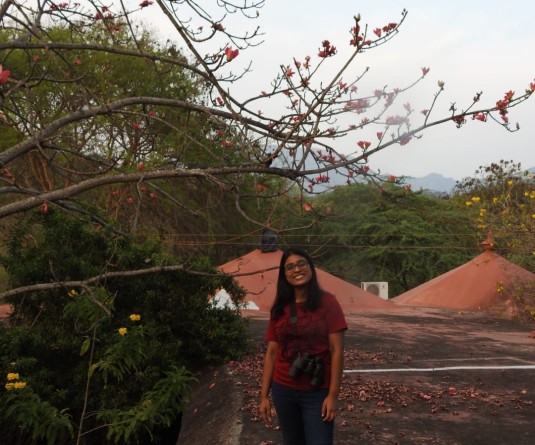
Nagaland is an area of rich bio-diversity and unique culture. This has eventuated from a narrow strip of mountainous terrain and average rainfall of 2500 mm. Conservation of varieties of flora and fauna would not only generate more income but also help in rapid industrial development and create employment to the youth.
Complex community- based process and traditional laws for village land and water resources have evolved through the years. These traditional laws guide allocation of land to various agricultural land, use of community resources, extraction of trees and plants, rising of animals and management of free-flowing water.
Learning from different ethnic groups have evolved managements practice for:
•Private family and clan farm land
•Chieftain –owned agricultural and forest land and
•Community- control forestland.
Prosecution by communities:
Villagers in Nagaland have begun adopting innovative approaches that uses more broadly based measure to check the force responsible for degradation of bio-diversity. Stronger Institutional support from village administration and co-operation across communities can provide immense benefits for bio-diversity conservation.
Traditional system are dynamic:
High rate of population growth and low income have placed a heavy burden on traditional Naga practices. Villagers have learned not everything from the past is effective today. Thus, in response to these new pressures, traditional resources management system in Nagaland has continued to evolve, as they always have done through the generations.
Individual Communities in Nagaland have begun adopting new measures designed to deal with pressure on resources caused by population while preserving the parts of their community based management systems that feel are important.
Community to ponder into bio-diversity:
•Minimise over-hunting then increase wild life population
•Forest burning in hunting activities
•Over fishing, use of dynamite and poison
•Over extraction of naturally growing foods, herbs and medicines
•Over logging of forests
•Over cutting of trees for fire- woods and other purpose
Some measures:
•Measures that are community-based and broadly accepted villagers are often the most successful
•Different parts of the community might have different stakes in preserving bio-diversity, so initiative that will benefit some at the expense of others need careful discussion
•Villagers best recognise the value of important areas like remaining natural forest and hilltops
•Measures that are enforceable work best.
•Taking special measures to protect plants and animals when they are reproducing is an effective approach
•Cooperation between villagers especially when sharing watershed or preserving animals that are mobile, can pay big dividends
•Some extraction and use of plants and animals will often be better for conservation in the long run
•Action that respects the tradition and laws of different communities tend to be more acceptable.
(A DIPR Feature)
- Source NEPED




